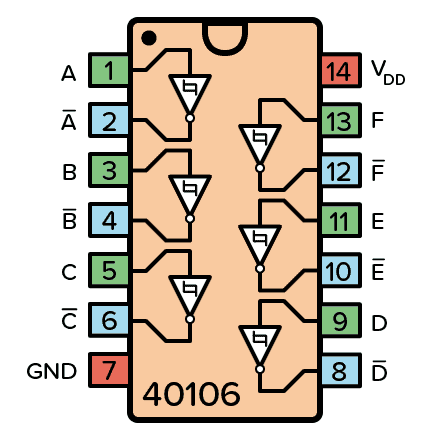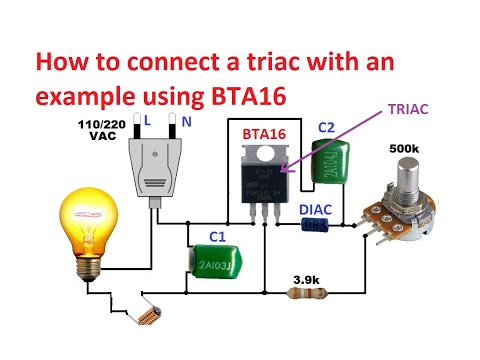How to use an INA219 current sensor?
The INA219 current sensor is a handy device for measuring current draw in electronic circuits. It is especially useful in projects where you need to monitor power consumption or control the flow of electricity. In this article, we will guide you on how to use an INA219 current sensor effectively.
Step 1: Gather your materials
Before we begin, make sure you have all the necessary materials. You will need an INA219 current sensor, a microcontroller such as an Arduino or Raspberry Pi, jumper wires, and a breadboard (if needed).
Step 2: Wiring the INA219
Start by connecting the VCC pin of the INA219 to the power source, the GND pin to the ground, SCL to the I2C clock pin of your microcontroller, and SDA to the I2C data pin. Make sure to double-check your connections to avoid any issues.
Step 3: Programming your microcontroller
Next, you will need to write a program for your microcontroller that reads the data from the INA219. You can find libraries and example codes online to help you get started. Make sure to calibrate the sensor according to your specific requirements.
Step 4: Reading the current data
Once everything is set up, you can start reading the current data from the INA219 sensor. Use the values to monitor power consumption, detect overloads, or control the flow of current in your project.
Step 5: Troubleshooting
If you encounter any issues while using the INA219 sensor, double-check your connections and code. Make sure the sensor is properly calibrated and placed in the circuit. You can also refer to the datasheet for more information.
Conclusion
Using an INA219 current sensor is a great way to monitor and control current draw in your electronic projects. By following the steps outlined in this article, you can effectively use the sensor for a wide range of applications. Have fun experimenting with the INA219 and incorporating it into your projects!
How to use an INA219 current sensor?
The INA219 current sensor is a handy device for measuring current draw in electronic circuits. It is especially useful in projects where you need to monitor power consumption or control the flow of electricity. In this article, we will guide you on how to use an INA219 current sensor effectively.
Step 1: Gather your materials
Before we begin, make sure you have all the necessary materials. You will need an INA219 current sensor, a microcontroller such as an Arduino or Raspberry Pi, jumper wires, and a breadboard (if needed).
Step 2: Wiring the INA219
Start by connecting the VCC pin of the INA219 to the power source, the GND pin to the ground, SCL to the I2C clock pin of your microcontroller, and SDA to the I2C data pin. Make sure to double-check your connections to avoid any issues.
Step 3: Programming your microcontroller
Next, you will need to write a program for your microcontroller that reads the data from the INA219. You can find libraries and example codes online to help you get started. Make sure to calibrate the sensor according to your specific requirements.
Step 4: Reading the current data
Once everything is set up, you can start reading the current data from the INA219 sensor. Use the values to monitor power consumption, detect overloads, or control the flow of current in your project.
Step 5: Troubleshooting
If you encounter any issues while using the INA219 sensor, double-check your connections and code. Make sure the sensor is properly calibrated and placed in the circuit. You can also refer to the datasheet for more information.
Conclusion
Using an INA219 current sensor is a great way to monitor and control current draw in your electronic projects. By following the steps outlined in this article, you can effectively use the sensor for a wide range of applications. Have fun experimenting with the INA219 and incorporating it into your projects!



